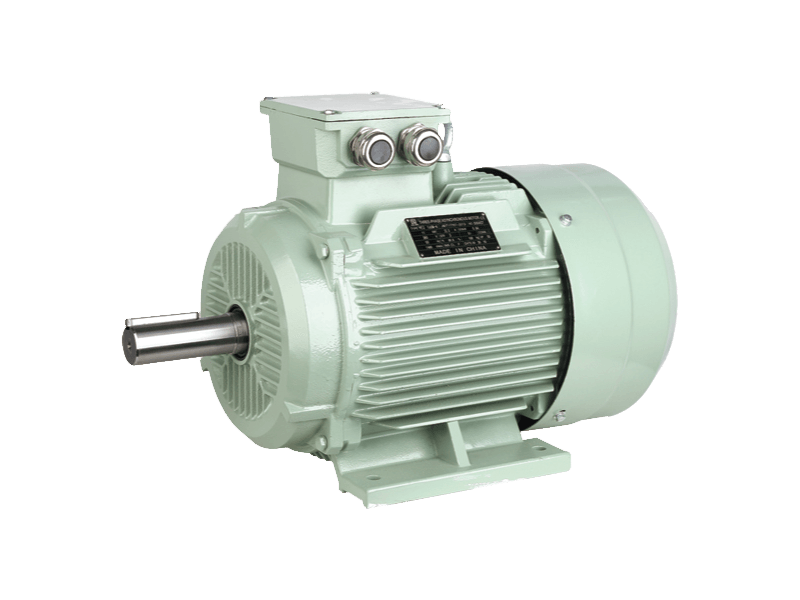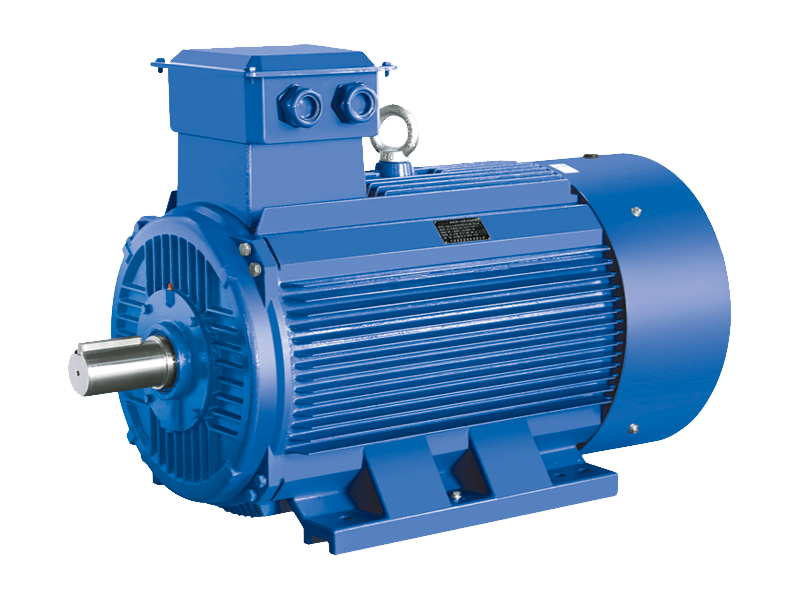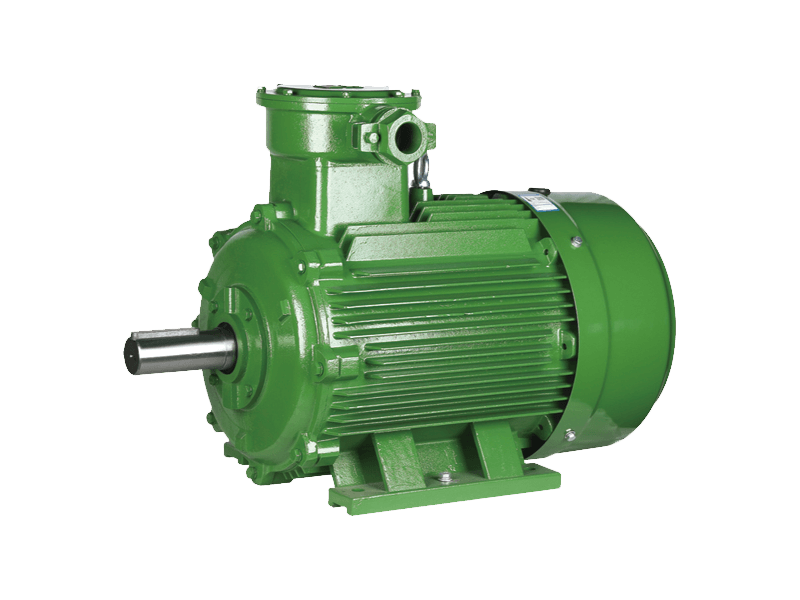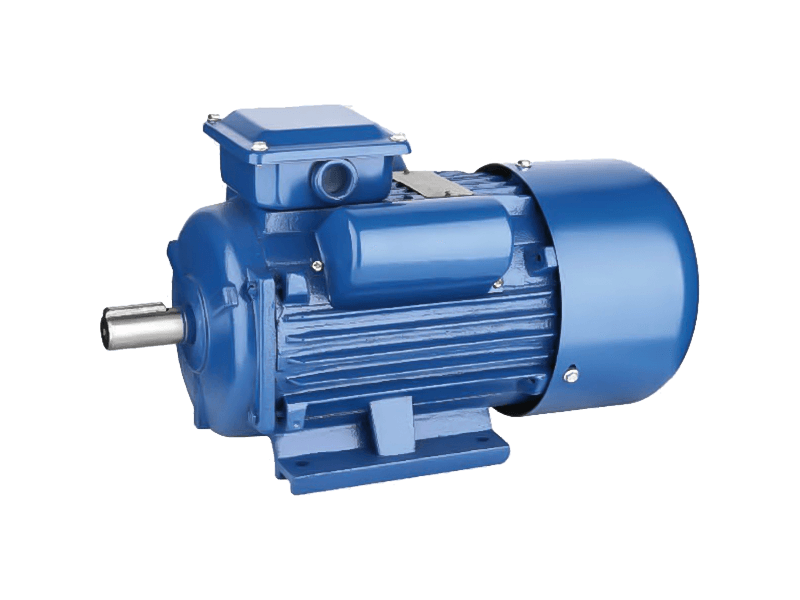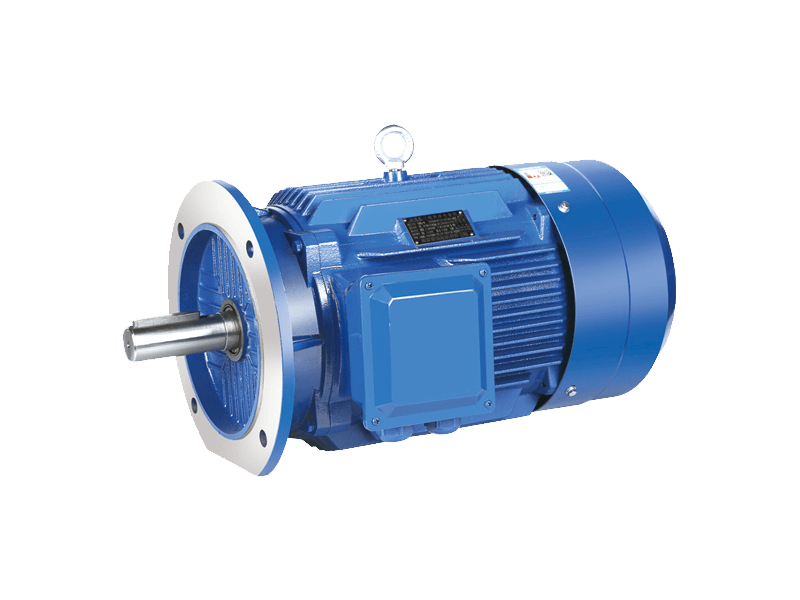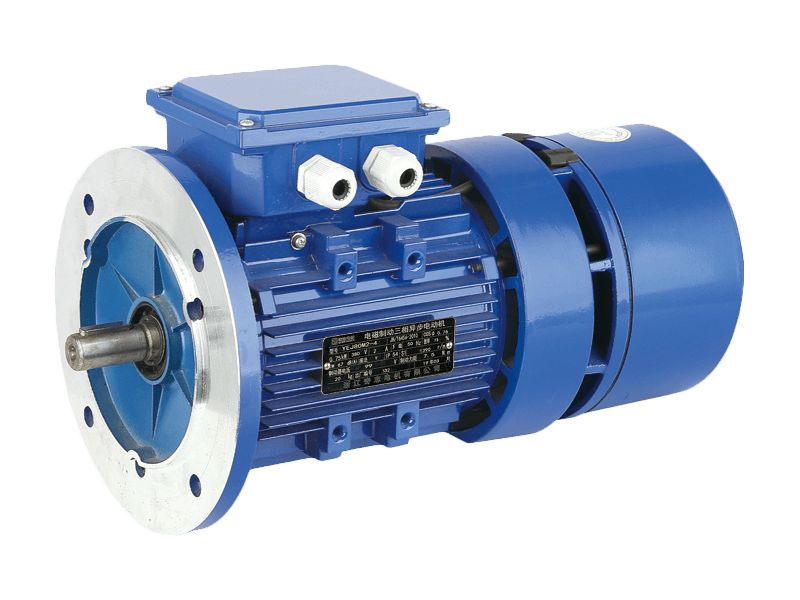A three-phase asynchronous motor is a component of the motor. Aging, damp, heat, erosion, foreign matter intrusion, and impact from external forces will cause damage to the three-phase asynchronous motor. Motor overload, undervoltage, overvoltage, and lack of phase operation can also cause damage to the three-phase asynchronous motor. The three-phase asynchronous motor is faulty. Three-phase asynchronous motor faults are generally divided into three-phase asynchronous motor grounding, short circuit, open circuit, and wiring errors. Now separately explain the failure phenomenon, the cause and the inspection method.
The grounding of the three-phase asynchronous motor refers to the grounding caused by the damage of the insulation between the three-phase asynchronous motor and the iron core or the casing.
1. Failure phenomenon
The housing is electrified, the control circuit is out of control, and the three-phase asynchronous motor is short-circuited and heats up, causing the motor to fail to operate normally.
2. Cause
Moisture of the three-phase asynchronous motor reduces the insulation resistance; long-term overload operation of the motor; harmful gas corrosion; metal foreign objects invade the three-phase asynchronous motor and damage the insulation; when the stator is rewinded, the insulation damages the core; the end of the three-phase asynchronous motor touches End cover frame; stator and rotor friction caused insulation burns; lead wire insulation damage and shell collision; overvoltage (such as lightning) causes insulation breakdown.
3. Inspection method
⑴ Observation method. By visually inspecting the end of the three-phase asynchronous motor and the insulation in the wire slot, observe whether there is damage and burn marks. If there is, it is the grounding point.
⑵ Multimeter inspection method. Use a multimeter to check the low-resistance gear, and the reading is very small, it is grounded.
(3) The megohmmeter method. Choose different megohmmeters to measure the insulation resistance of each group of resistors according to different levels. If the reading is zero, it means that the three-phase asynchronous motor is grounded. However, if the motor insulation is damp or broken due to an accident, it needs to be judged based on experience. Generally speaking, the pointer swings irregularly at "0", and it can be considered that it has a certain resistance value.
⑷ Light test method. If the test light is on, it means that the three-phase asynchronous motor is grounded. If sparks or smoke are found somewhere, it is the ground fault point of the three-phase asynchronous motor. If the lamp is dimly lit, the insulation has a ground breakdown. If the light is not on, but sparks appear when the test rod is grounded, it means that the three-phase asynchronous motor has not broken down, but is seriously damp. You can also use hardwood to tap on the edge of the shell. When you hit a place and wait for it to turn off and turn on, it means that the current is on and off, and that place is the grounding point.
⑸ Electric current burning method. With a voltage regulating transformer, after connecting to the power supply, the grounding point quickly heats up, and the place where the insulation emits smoke is the grounding point. Special attention should be paid to small motors not to exceed twice the rated current for no more than half a minute; for large motors, 20%-50% of the rated current or gradually increase the current, and immediately cut off the power when the grounding point just smokes.
⑹ Group elimination method. For the grounding point in the iron core and the burning is severe, the burnt copper wire and the iron core are fused together. The method used is to divide the grounded one-phase three-phase asynchronous motor into two halves, and so on, and finally find the grounding point. A three-phase asynchronous motor is a component of the motor. Aging, moisture, heat, erosion, foreign matter intrusion, and impact from external forces will cause damage to the three-phase asynchronous motor. Motor overload, undervoltage, overvoltage, and lack of phase operation can also cause damage to the three-phase asynchronous motor. The three-phase asynchronous motor is faulty. Three-phase asynchronous motor faults are generally divided into three-phase asynchronous motor grounding, short circuit, open circuit, and wiring errors. Now explain the failure phenomenon, the cause and the inspection method separately.

